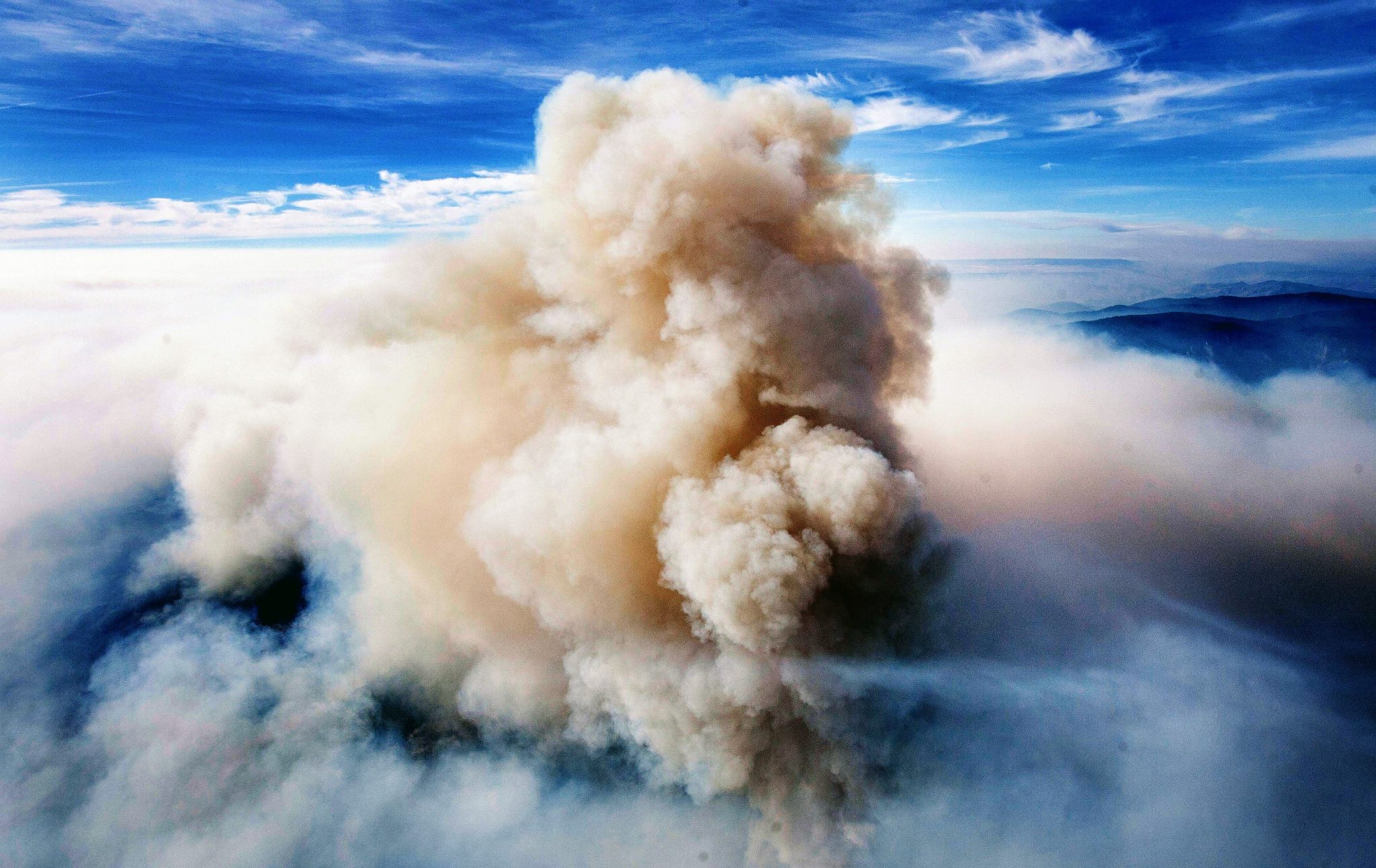Plume (for piano and computer) is one of a series of artistic collaborations with custom software called Isomer.
Work on Plume began with the selection of six chainsaw sound recordings. Often source sounds are chosen for their personal relationship or meaning to the composer, but these recordings were picked solely for their rich harmonic content (vibrant rhythmic activity!) and strong harmonic fundamentals (good for harmony!).
Why six different chainsaw recordings? So that they share sonic (and therefore musical) characteristics when processed by the Isomer software. The hope is that they feel closely related (but not too similar) so that when combined, they form a single, unified musical expression.
November 2018 | Piano and Fixed Media
An early version of this work was created on March 27th, 2017 and was rendered for fixed media (without piano).
March 2017 | Fixed Media, Stereo
A White Thanksgiving
The snow came early this year and it’s sticking around (9″ at last count). But in New Hampshire fresh snow with temps in the single digits is just another excuse for outdoor fun with the dogs.

And of course, we had a wonderful time with friends at a very New England-y thanksgiving gathering…
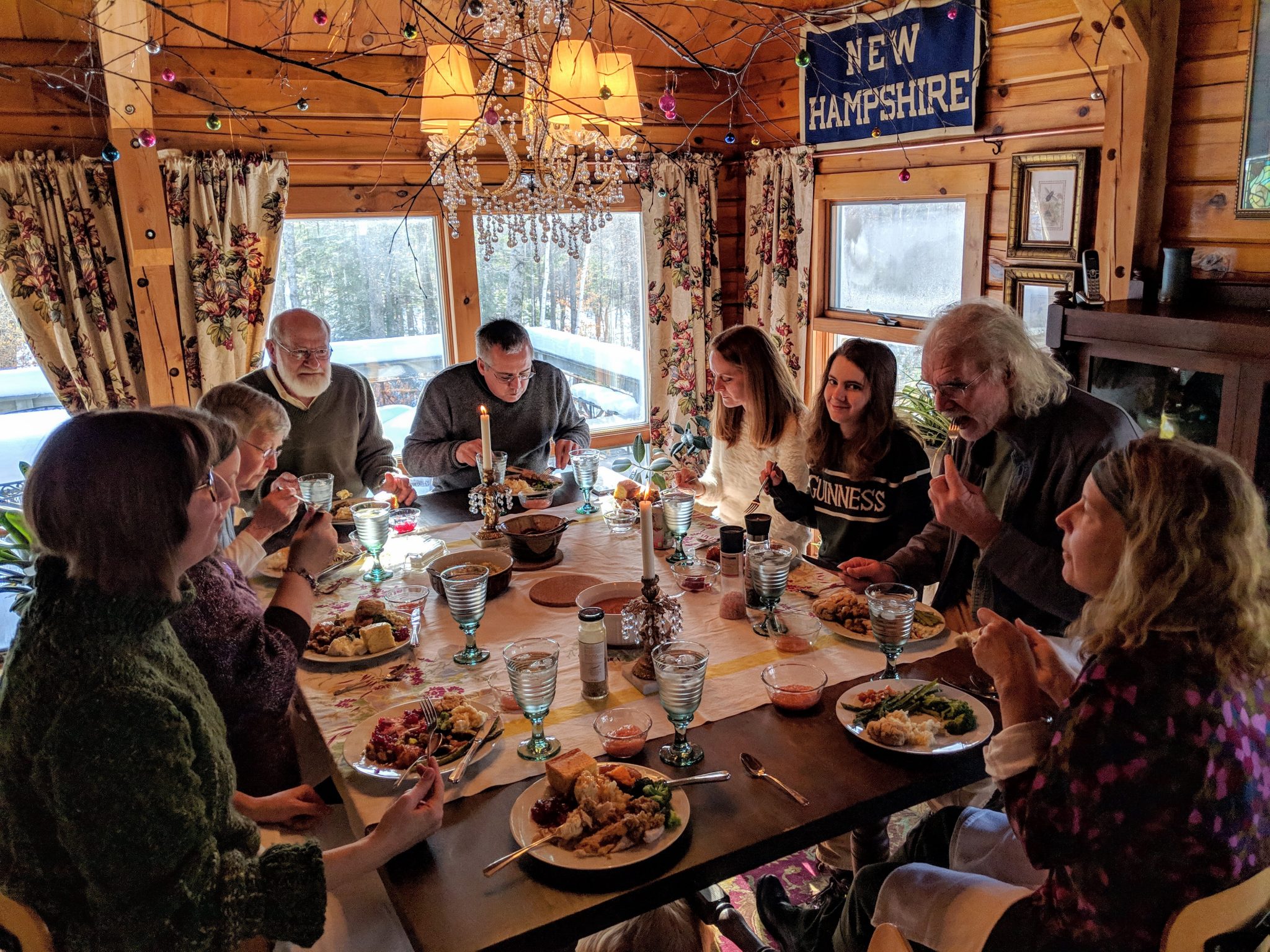
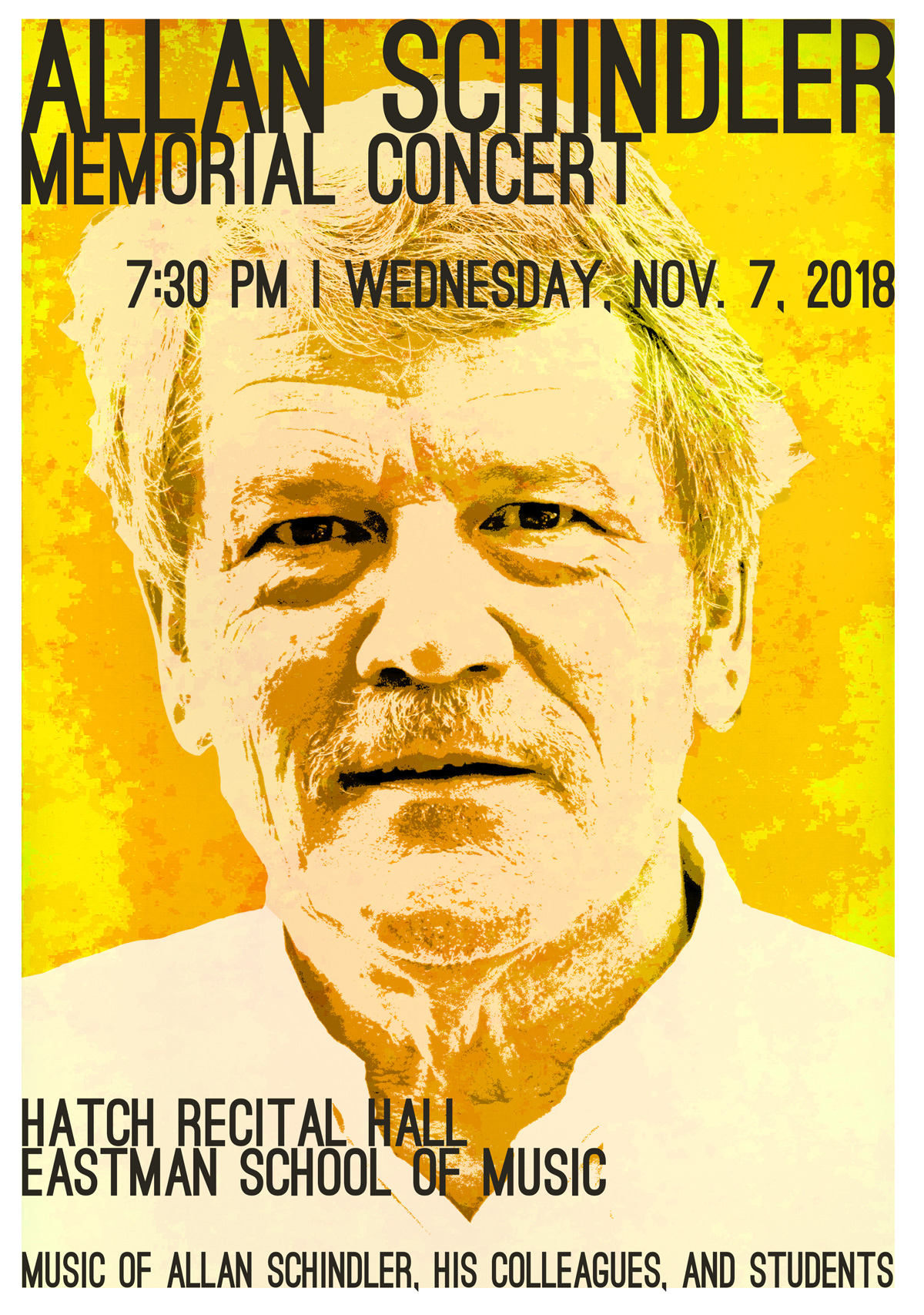
Allan Schindler Memorial
Allan Schindler, my friend, mentor, and colleague, passed away suddenly on October 8th, 2018.
The folks at Eastman reached out to colleagues and alumni, and set up a memorial concert for Allan on November 7th in Rochester, NY. Allan’s music was the centerpiece, and many of us were asked to contribute pieces. As you can see from the concert program, the response was overwhleming.
Before the concert there was a private service for close friends and family. It was beautiful. Truly beautiful. The love everyone shared for Allan was on full display.

After the concert, we all raised a glass to Allan. Many of us hadn’t seen each other in 16+ years and it was important (maybe even necessary) to get together to share stories and remembrances.
A Few Personal Reflections
When I arrived at Eastman in 1996, I had already written a considerable amount of music for electronic media but I felt constantly thwarted. My frustration with computer-generated sound was that it simply didn’t have the expressive potential of acoustic instruments. I struggled and struggled trying to get those damn computers to sing — even if only for a brief moment.
And then I worked with Allan. And I got to know his music. It was music from silicon chips that defied gravity. It danced and floated. And it sang.
Like his personality, Allan’s music expressed or embodied the essential values of the greatest art: lightness, quickness, exactitude, visibility, and multiplicity.
And to me, it sounded completely effortless. But in working with him (and around him) I learned the truth; getting computers to make musically expressive sounds is a Herculean challenge.
Allan fought hard to make his sounds “come alive” (as he was fond of saying). He would spend weeks getting a few seconds of music to work out. And we (his students) were lucky enough to hear him wrestle those sounds into submission through his office door. Day in and day out.
As it turns out, listening to Allan work was one of the greatest lessons he provided to his students. (Little did I know that nearly all of us felt this way…) But when I arrived at Eastman in 1996, I had just about given up. I was nearly convinced there was no way to coax music worth hearing from a computer.
That is, until I learned from Allan’s example.

He loved his life. He loved his work. And he was loved by many.
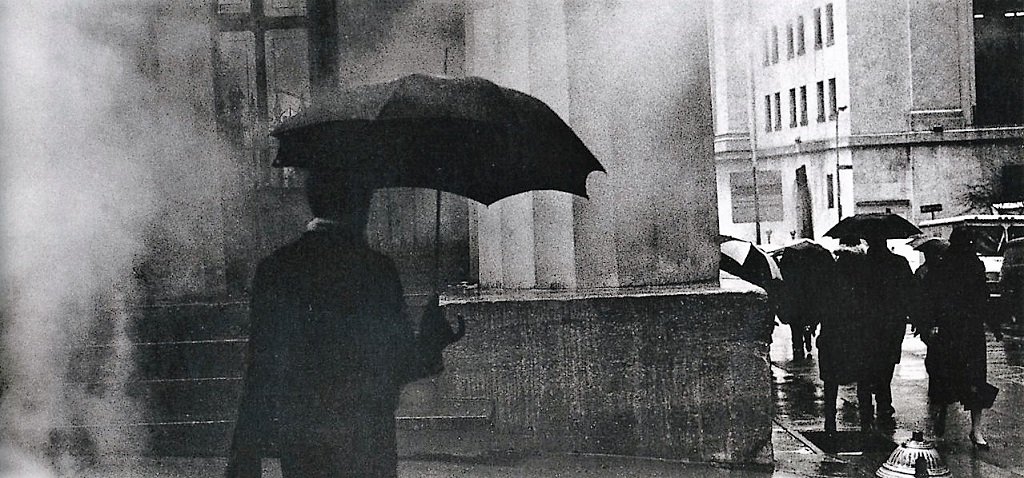
After October
After October is dedicated to my friend and mentor, Allan Schindler. It is part of a series of artistic collaborations with custom software called Isomer.
When I arrived at Eastman in 1996, I had just about given up. I was convinced there was no way to coax music worth hearing from a computer. That is, until I learned from Allan Schindler’s example.
Allan passed away suddenly in October 2018. This work is a small tribute to his inspiration and ever-lasting influence in my life.
October 2018 | Fixed Media, Stereo
An early version of this work was created on March 23rd, 2017. It was originally rendered as a duet between an alto flute and bass clarinet.
March 2017 | Fixed Media, Stereo
It’s Gettin’ Halloween-y
Mario Bava is definitely the inspiration for our interior Halloween decor this year. Oh, who am I kidding, we go for the Bava look anytime we can…
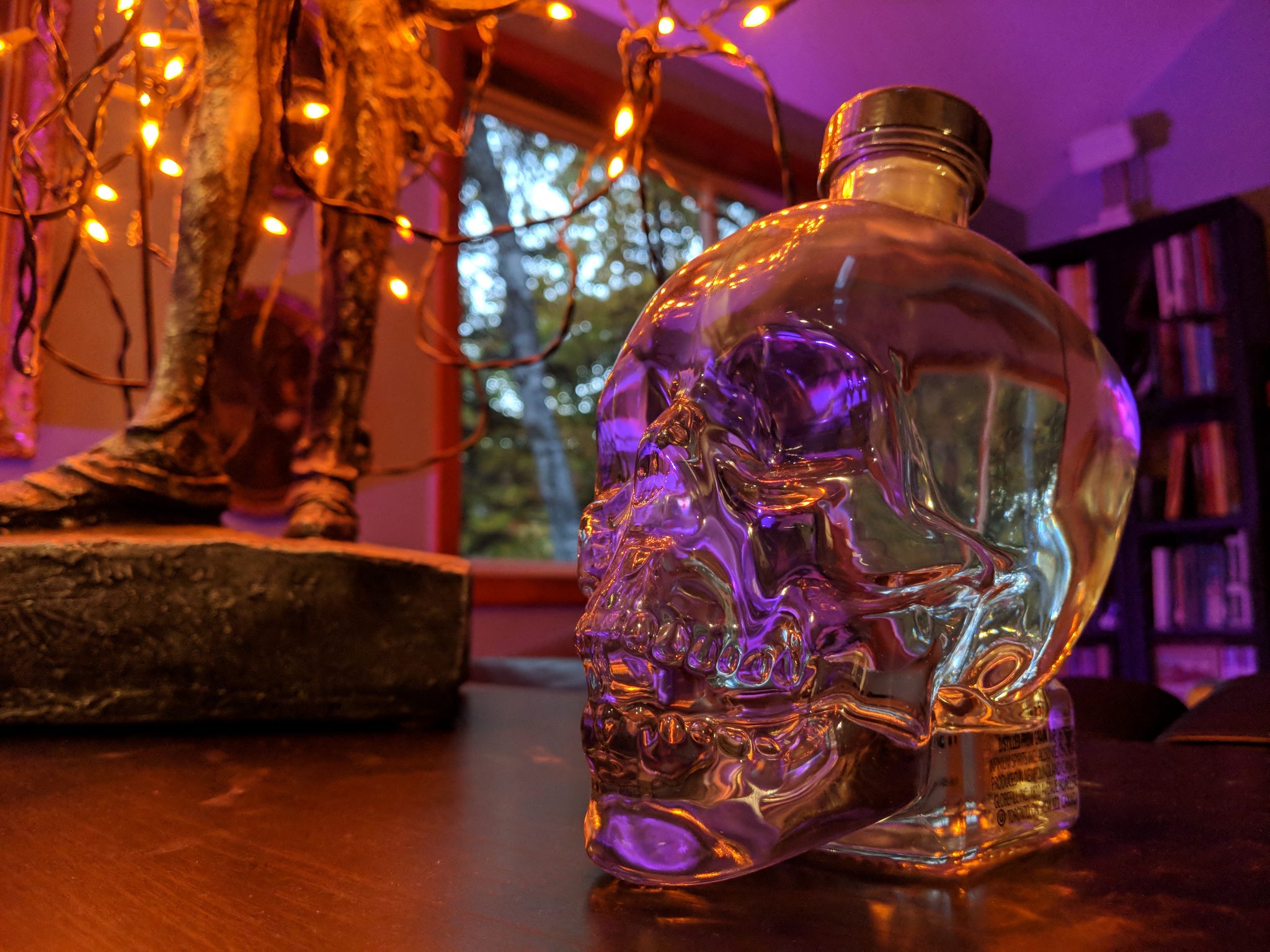
The bats are pretty cool, but it’s the powerful LED spotlight that really transforms the dining area.
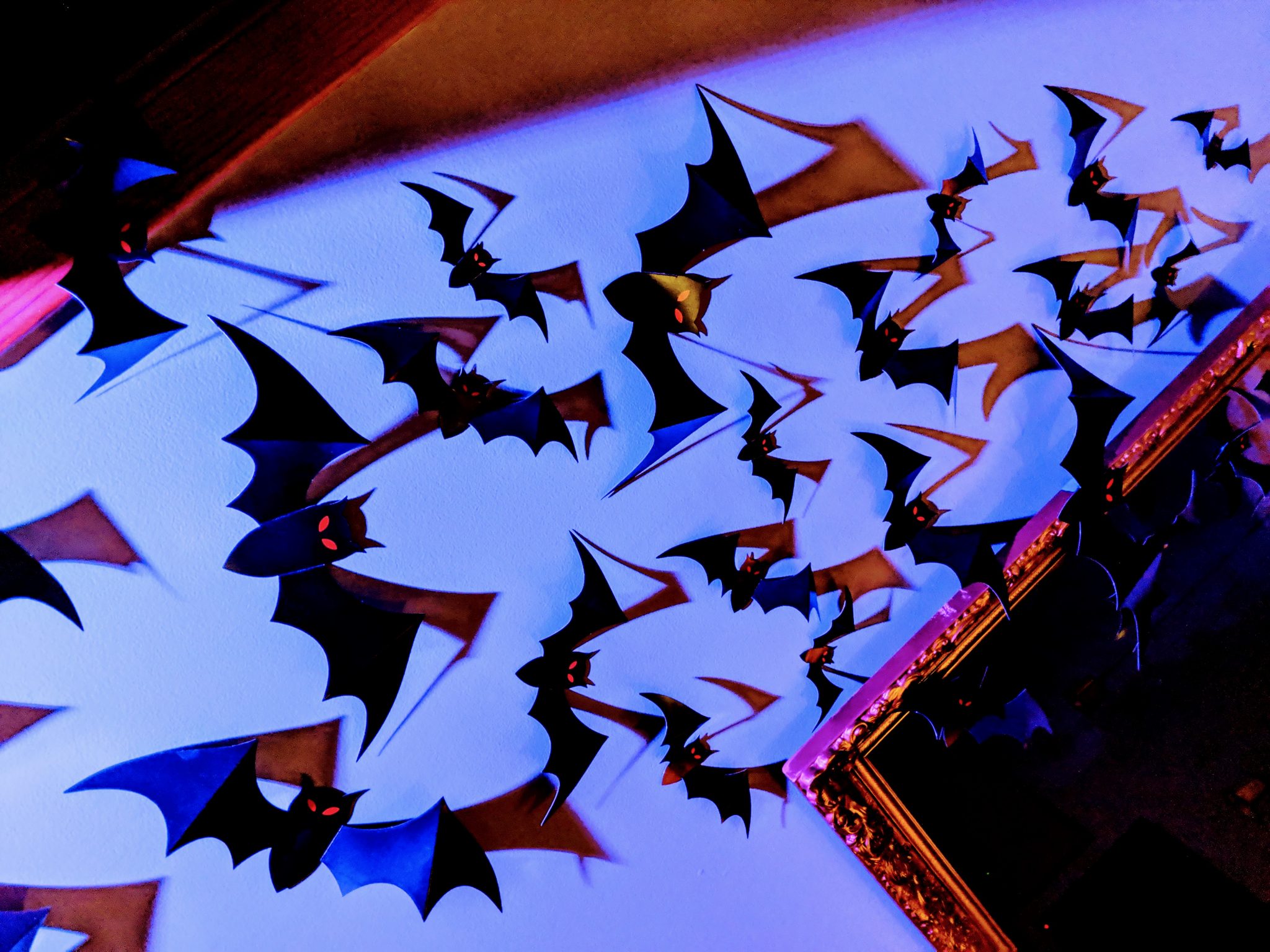
And of course, Terror Fest continues. (Don’t look out the window if you scare easily!)
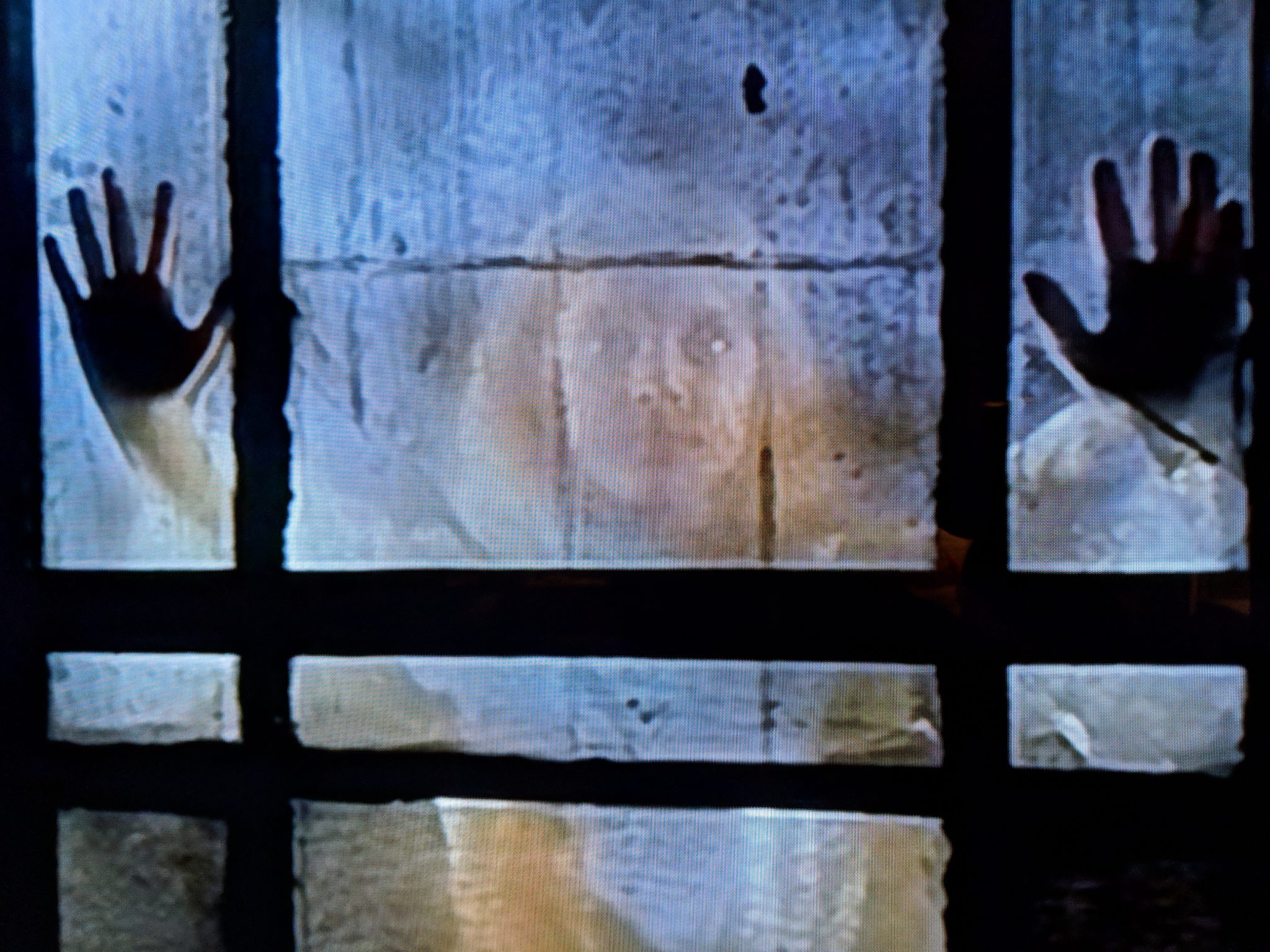
In other news, we saw our first light dusting of snow last week…

Time to break out the skis! #BecomingNewHampshire
Fall Arrives in NH
Temps are dipping into the 30s at night and the crisp smell of leaves is everywhere. Fall has once again arrived in New Hampshire. If there ever was a time of year to visit the White Mountains, this is it. The colors simply defy description.
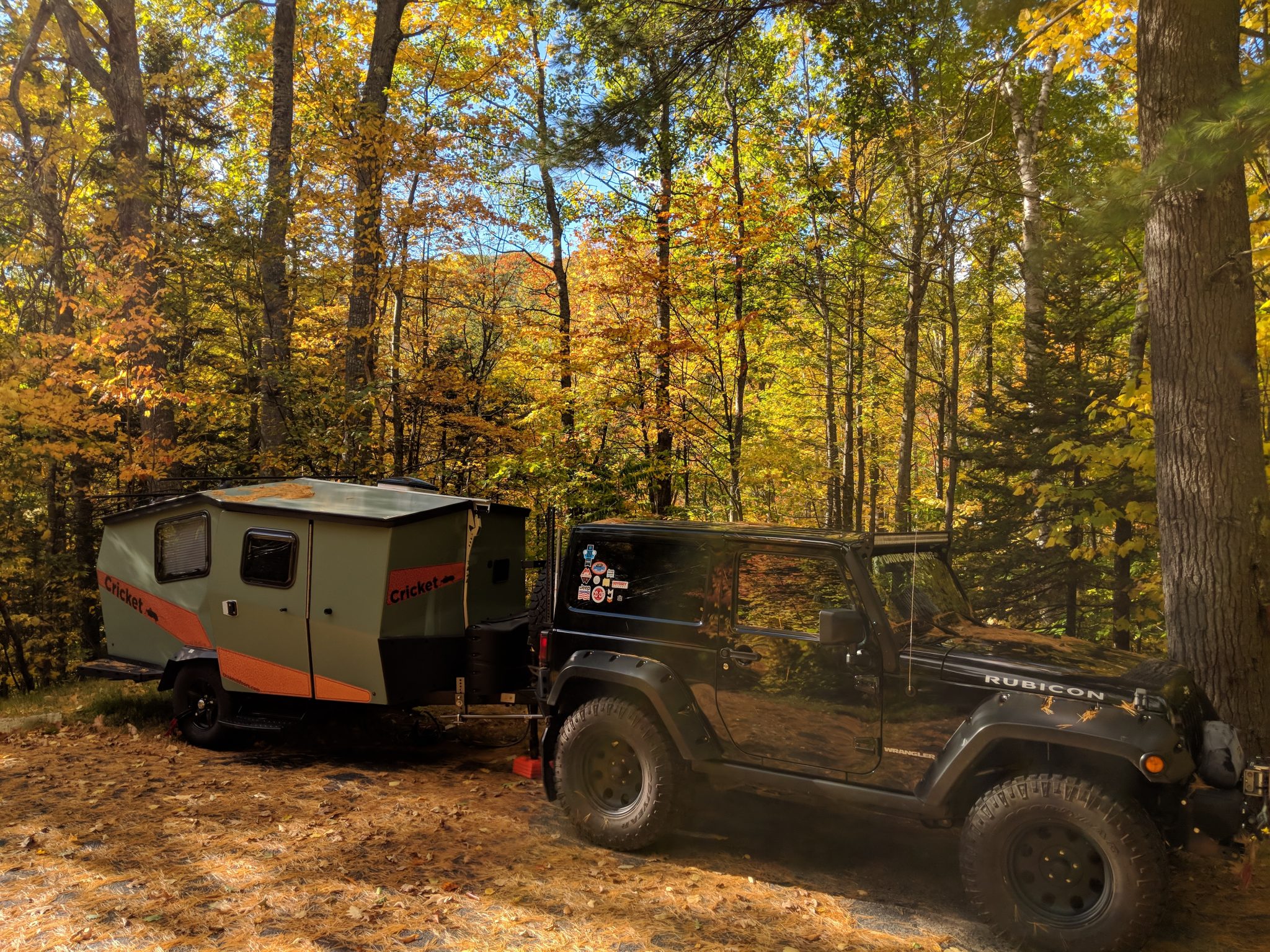
And even though Ruby Jean looks ready to go explore, there are very few camping days remaining. Of course, there’s always winter camping…
